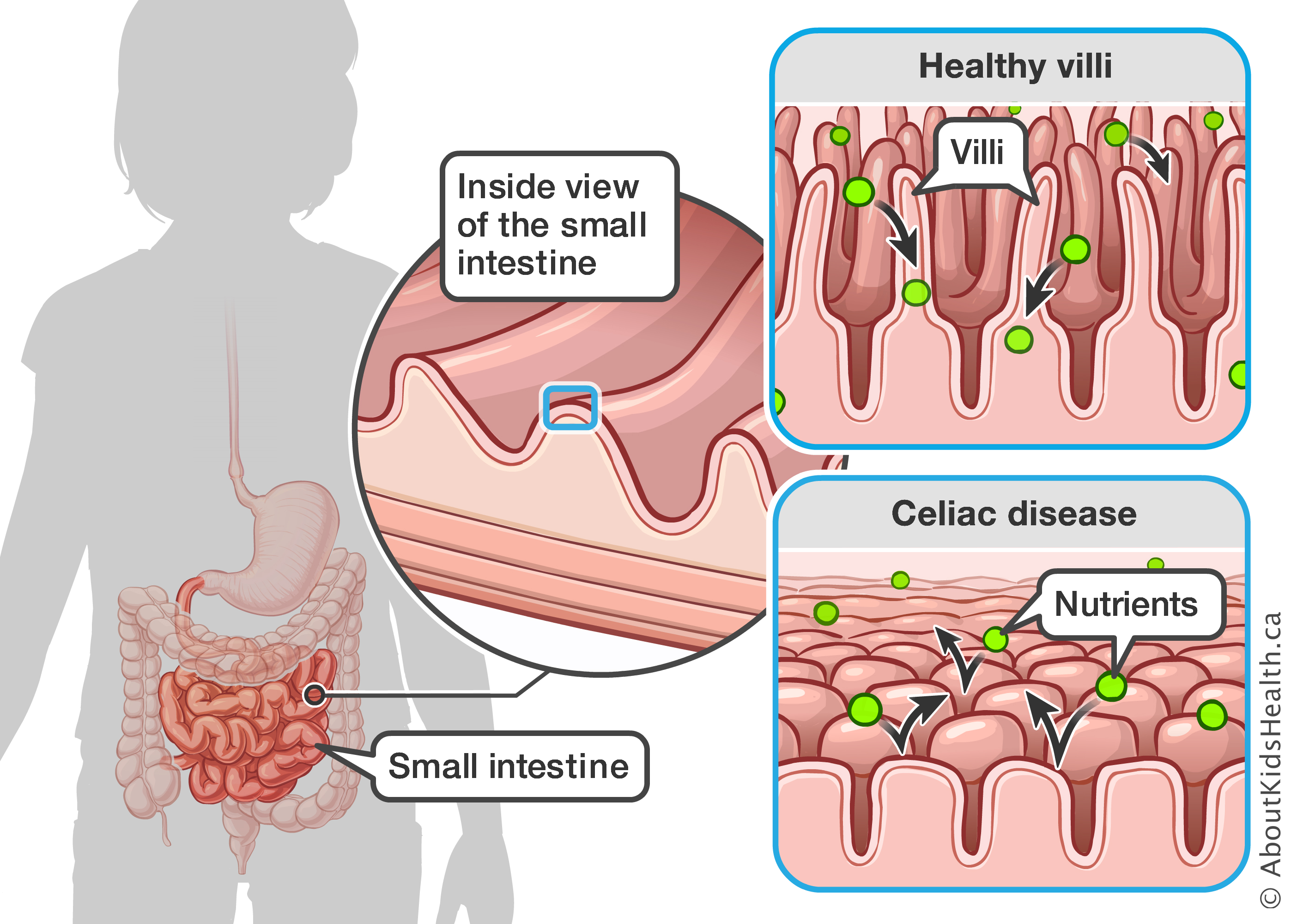How the brain connects with the rest of the body
The brain and body are connected through neural pathways made up of neurotransmitters, hormones and chemicals. These pathways transmit signals between the body and the brain to control our everyday functions, from breathing, digestion, and pain sensations to movement, thinking, and feeling.
Emotional cortex
The emotional cortex is the part of the brain that deals with emotions. It includes the amygdala, the hippocampus and the pre-frontal cortex. The emotional cortex is activated when our bodies face a stressful situation.
- The pre-frontal cortex helps us to think through what to do.
- The hippocampus regulates memory and emotions.
- The amygdala turns on the fight, flight or freeze response, also known as the sympathetic nervous system, and helps to store memories of a stressful event.
Fight, flight or freeze response
The fight, flight or freeze response is an example of how the brain and the body are connected. As a type of survival response, it was originally designed to help us react automatically to protect ourselves in dangerous situations (such as an attack by a wild animal) by fighting back, running or hiding.
If our bodies feel under attack, even without an immediate threat of danger, the brain turns on the fight, flight or freeze response and the body releases stress hormones such as adrenaline and cortisol. These hormones automatically send a signal to our lungs to breathe faster and shallower, our heart to beat faster, our skin to sweat and our muscles to tighten. Blood pressure and blood sugar rise automatically too and the immune system is suppressed. This is why some patients’ blood pressure can go up during a health-care appointment. It is also why chronic (ongoing) stress may cause us to get sick more often.
Physical symptoms of fight, flight or freeze response
The fight, flight or freeze response is also known as the physiology of stress. Even when we do not feel distressed, the body may experience stress. Physical symptoms of the fight, flight or freeze response include:
- dizziness
- light headedness
- difficulties with focusing
- tunnel vision
- blushing
- dry mouth
- difficulties with swallowing
- breathing problems
- chest tightness
- heart pounding
- muscle tension
- trembling
- sweating
- butterflies in the stomach
- nausea
- a need to use the washroom.
How emotions affect physical symptoms
All physical symptoms have an emotional element. When we are injured, for instance, we feel the pain physically, psychologically and emotionally. We may start focusing on the pain and feel anxious, angry, sad or distressed. We may then start thinking negatively and withdraw from those around us.
Because of the injury, we may engage in less activity for fear that we will be in more pain if we move. Over time, this may result in stiffness or weakness and deconditioning (muscle loss), which can cause more pain and distress.

